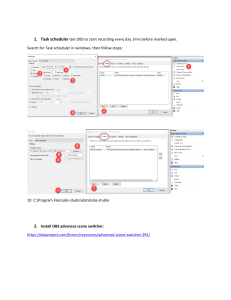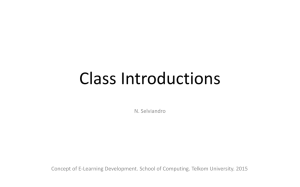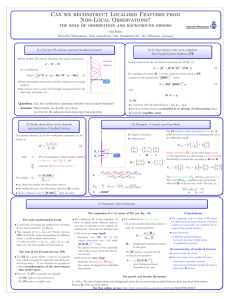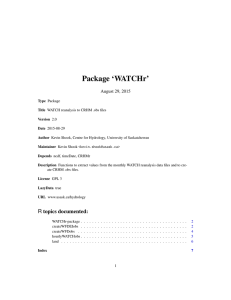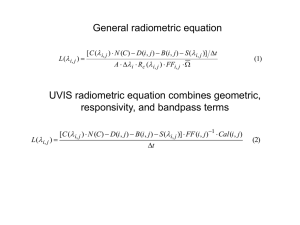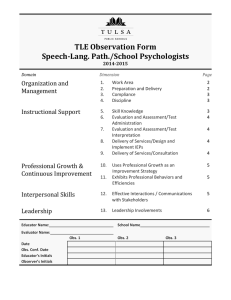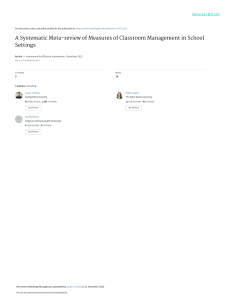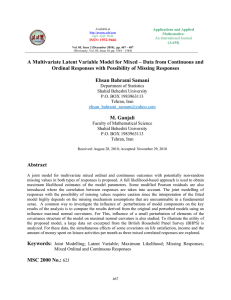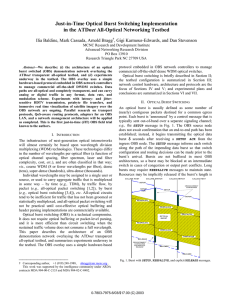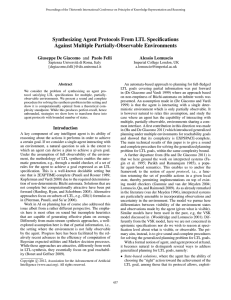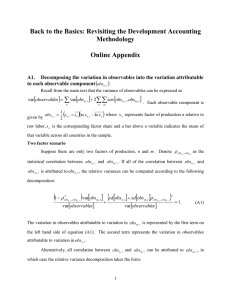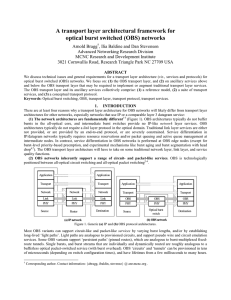GENDER & GLOBAL E
advertisement
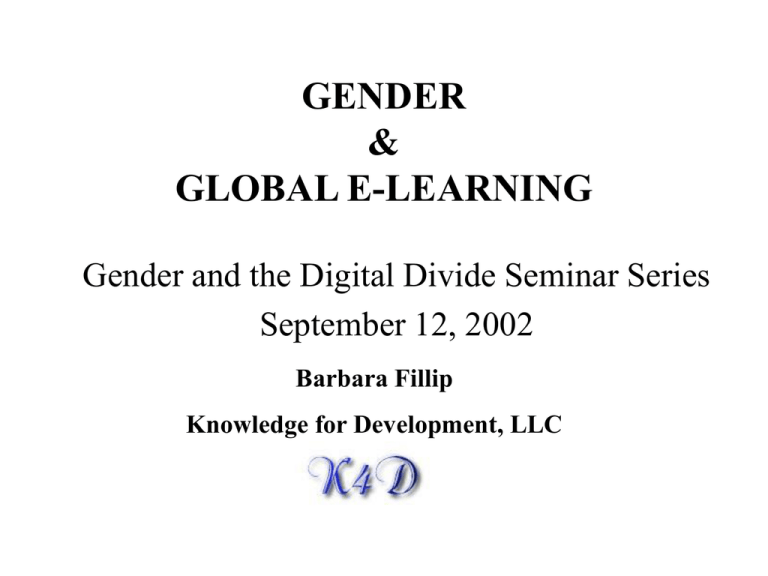
GENDER & GLOBAL E-LEARNING Gender and the Digital Divide Seminar Series September 12, 2002 Barbara Fillip Knowledge for Development, LLC Context This presentation is primarily based on lessons learned from a course on Information and Communication Technologies for Developing Countries offered online to participants around the world through the United States Department of Agriculture (USDA) Graduate School ELearning Program 2 Key points • • • • • • What the literature suggests Access to the course for women Gender differences in interactions Gender differences in learning outcomes Implications for course design/delivery Research agenda 3 Literature Review The Third Shift: Women Learning Online, by Cheris Kramarae, American Association of University Women, 2001 - 1st shift = work outside the house - 2nd shift = home responsibilities - 3rd shift = squeezing in education 4 Gender Perspectives and Distance Education (DE) Masculine perspective of distance education Feminist perspective of distance education DE allows delivery of education to more people across greater distance DE as a means to connect people into networks that seek to achieve a common goal. 5 Factors Reviewed in the Literature • • • • • Differences in communication styles. Different ways of “knowing” and learning. Gender identity and online learning. Motivational factors. Success factors. The literature is only partially relevant when dealing with a global classroom… incomplete… 6 Access to the Course for Women • The Digital Divide - barriers to access for women (and men) in the South. • Basic skills for online learning – not a problem in this particular course. • Ensuring gender equity – some scholarships reserved for women. Does this add up to new opportunities for women? 7 New Opportunities (?) “In traditional societies where female enrollment in formal education is faced by unease of conservative cultures, elearning may present a channel of education that is neutral and does not involve direct interaction between the sexes thus facilitating female participation.” Comment sent by participant in Egypt 8 ICTs Course Enrollment Stats Men Women Face-to-face 1999 1 5 Face-to-face 2000 Blackboard 2001 CD+email I 2002 CD+email II 2002 2 15+(1) +obs 7+(5) 9+(5) +obs 6 10+(2) +obs 10+(5) 9+(5) +obs CD+ email III 2002 20?+(13) 20?+(7) #s in ( ) are scholarship participants from developing countries Obs. = observers are unregistered participants 9 Gender & Interaction (I) Some Questions • Do women write more/less messages, shorter/longer messages compared to men? • Do women interact more through one-on-one messages with the instructor or through class discussions? • Are women more likely to take the course for credit or audit? What motivates them? • Do communication styles impact class discussions? More about interactions... 10 Gender & Interaction (II) Intimidation factor “…at the beginning I felt overwhelmed and intimidated by the high level of background/ experience/ knowledge/ comments of other participants (kept asking myself what I am doing amongst these experts).” Comment in the final evaluation survey from a highly educated woman in Africa who made excellent contributions to the discussions 11 Gender & Interaction (III) Asking for help “This is my first on-line course and I felt little bit nervous about it.” Comment on the discussion list sent by a woman participant whose first language was not English. Lack of confidence is something women are more likely to acknowledge… and women are more comfortable asking for help. 12 Gender & Interaction (IV) Email as Equalizer “Yesterday I was in a meeting where gender dynamics played a role so that the men in the room dominated the conversation. Yet today I can write as much as I want (whether you're listening or not is another story:) ) regardless of gender issues.” Comment within the context of group discussion sent by a woman participant in South Africa 13 Outcomes • • • • Are participants satisfied with the course? How many complete the course? What impacts can we expect? To what extent is gender a key determinant of learning outcomes? And… a steep learning curve for the instructor. 14 Implications • Implementing strategies for ensuring equal opportunities to enroll in online learning. • Designing courses based on the characteristics of the target audience (including gender characteristics). • Managing group interactions and genderspecific one-on-one interactions to encourage women to be active participants. 15 Research Agenda • Better understanding online learning success factors related to gender. • Identifying strategies to facilitate interactions in multicultural virtual elearning settings. • Mainstreaming gender issues in E-Learning design. 16 E-Learning Opportunities (I) “Promoting Gender Equity” - online course developed by CIDA - Self-learning course. “Gender and Agriculture” - World Bank Training Module. http://www.worldbank.org/gender/module/index.htm 17 E-Learning Opportunities (II) • Gender & Peacekeeping Online Training Course – DFID(UK)-DFAIT(Canada) • Online Gender Learning and Information Module ILO/SEAPAT 18 CONTACT INFORMATION Barbara Fillip, Ph. D. Knowledge for Development, LLC http://knowledgefordevelopment.com Email: barbara.fillip@verizon.net 19
